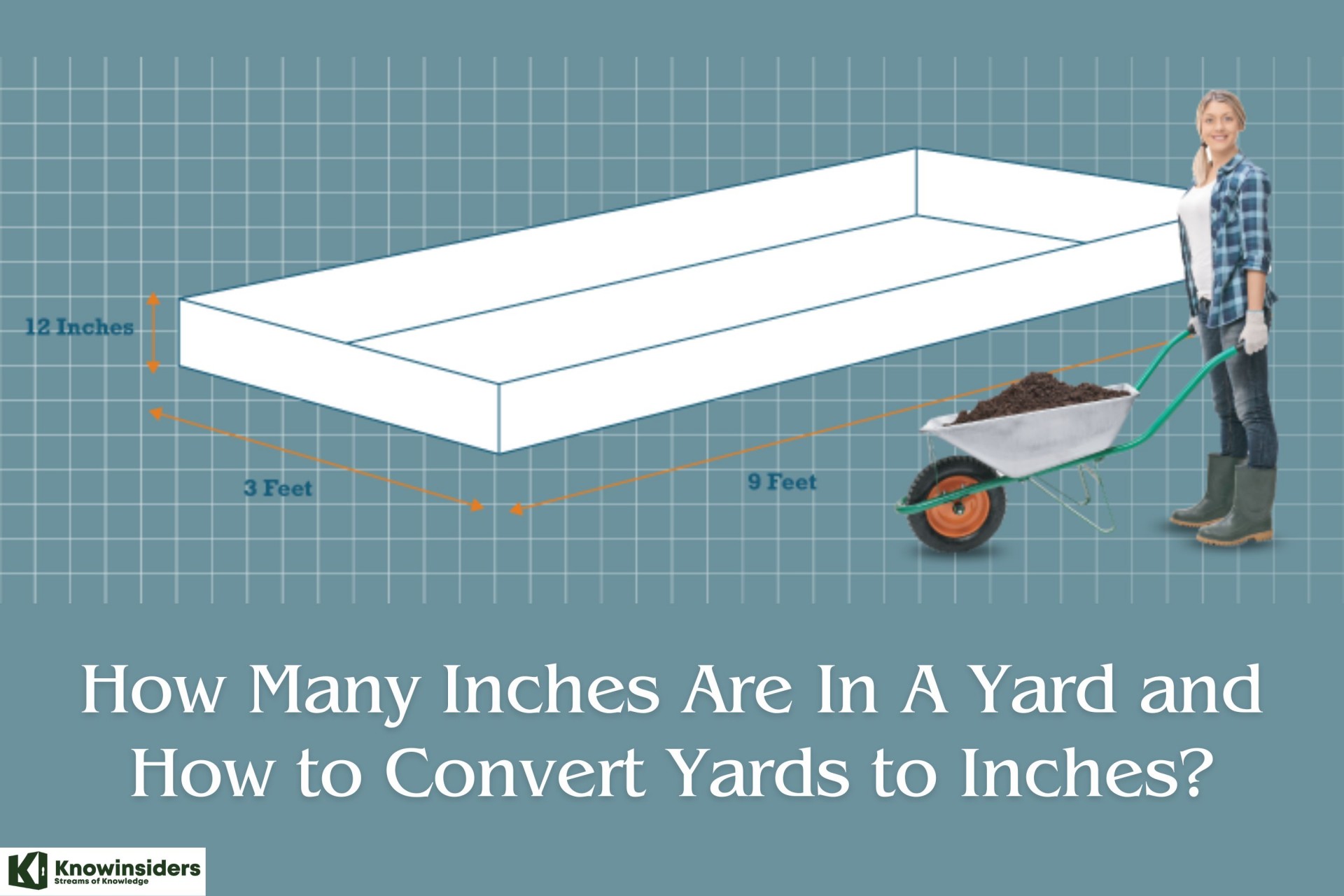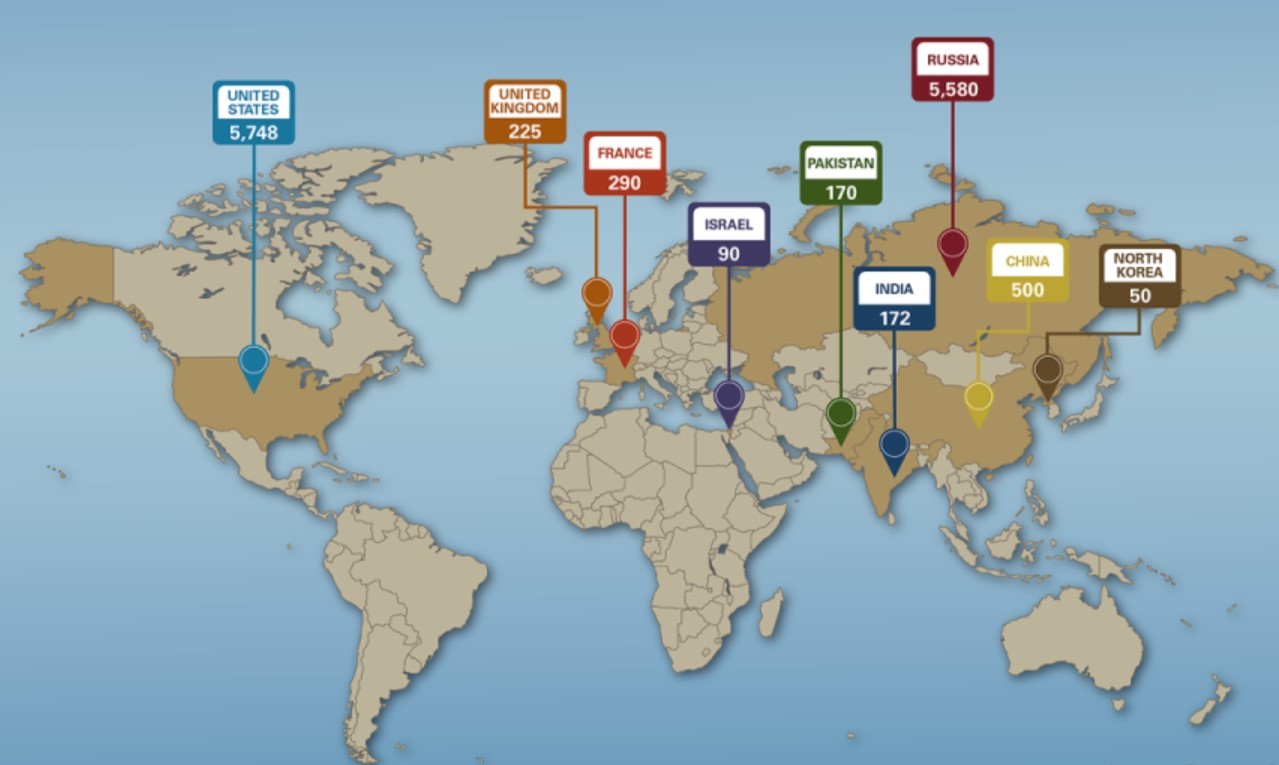How to Convert Meters to Yards: Top Best Methods
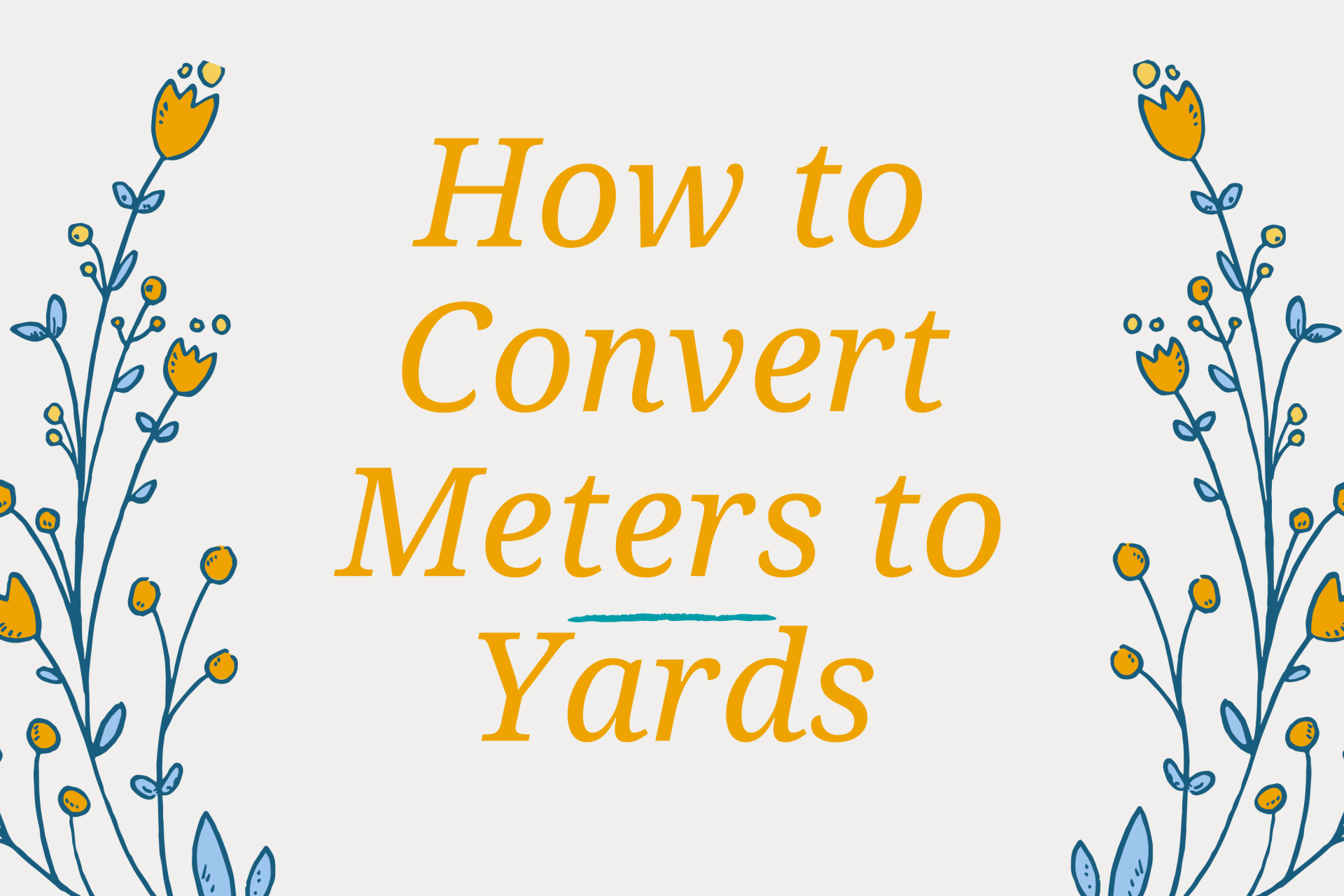 |
| Illustrated picture. Photo: Mixi |
Converting meters to yards is as simple as plugging a number of meters into a simple multiplication problem. This works only if you know that the conversion rate is 1 meter to 1.0936 yards. Even if you don't have a calculator, however, this is a particularly easy conversion to estimate.
What is a Meter?
Definition: A meter, or metre (symbol: m), is the base unit of length and distance in the International System of Units (SI). The meter is defined as the distance traveled by light in 1/299 792 458 of a second. This definition was slightly modified in 2019 to reflect changes in the definition of the second.
History/origin: Originally, in 1793, the meter was defined as one ten-millionth of the distance from the equator to the North Pole. This changed in 1889, when the International prototype metre was established as the length of a prototype meter bar (made of an alloy of 90% platinum and 10% iridium) measured at the melting point of ice. In 1960, the meter was again redefined, this time in terms of a certain number of wavelengths of a certain emission line of krypton-86. The current definition of the meter is effectively the same as the definition that was adopted in 1983, with slight modifications due to the change in definition of the second.
Current use: Being the SI unit of length, the meter is used worldwide in many applications such as measuring distance, height, length, width, etc. The United States is one notable exception in that it largely uses US customary units such as yards, inches, feet, and miles instead of meters in everyday use.
Measurements in m: This unit of length is used when measuring houses, height or slightly bigger everyday objects. Meters can be subdivided into centimeters or millimeters, and are also multiplied to produce kilometers. Above is a meter to yard conversion tool which you can use if you need to swap between units or for different measurement purposes.
What is a Yard?
Definition: A yard (symbol: yd) is a unit of length in both the imperial and US customary systems of measurement. Since 1959, a yard has been defined as exactly 0.9144 meters. It is also equal to 3 feet, or 36 inches.
History/origin: The origin of the yard as a unit is unclear. It is an English unit (predecessor of imperial units) and the term was derived from "gerd" in Old English, the earliest historical form of the English language. Some suggest that the yard could have been derived based on the girth of a person's waist.
Current use: The yard is commonly used in field-length measurement for certain sports such as American and Canadian football, and association football (soccer). The yard is also used in cricket pitch dimensions, and sometimes in golf fairway measurements. In the United Kingdom (UK) as well as the United States, the yard is frequently used when referring to distance. In the UK, it is also a legal requirement that road signs indicating shorter distances are displayed in yards.
Measurements in yd: The yard is a unit of length used in road signs and sports fields to measure distance. It can also be used as a measure of area when describing large plots of land. It is mainly used in the UK and USA with some use also in Australia and Canada. The m – yd calculator is useful when converting quantities into yards.
How to Convert Meters to Yards
Formula to convert:
yards = meters × 1.093613
Method 1: Quickly Converting
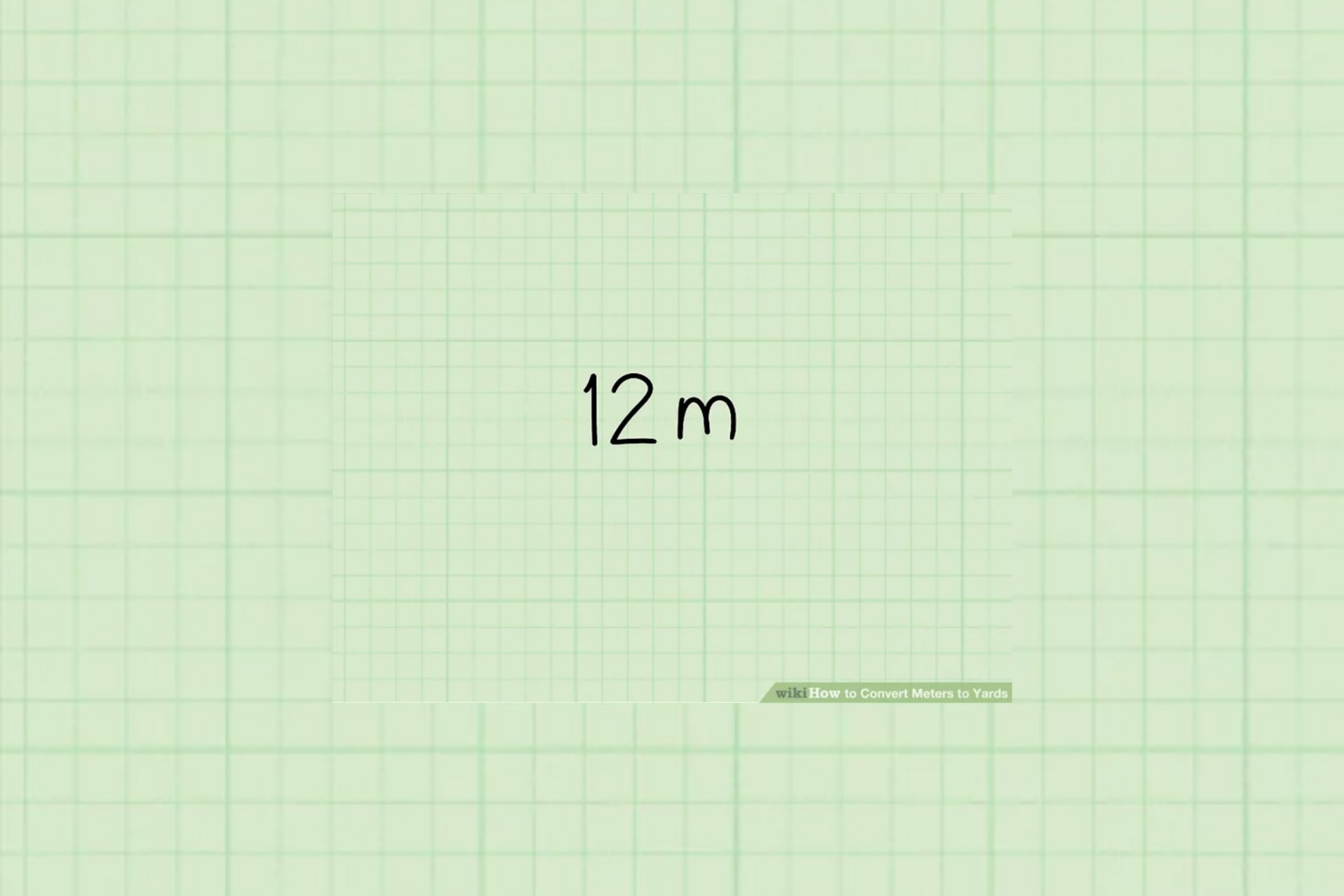 |
| Photo: KnowInsiders |
Step 1: Note the number of meters you want to convert. A conversion from meters to yards is nothing but a simple multiplication operation. All you need to do is start with a number of meters.
 |
| Photo: KnowInsiders |
Step 2: Multiply the number of meters by 1.0936 to get the number of yards. There are 1.0936 yards in every meter. So if 1 meter is 1.0963 yards, then 2 meters is 2.1872 yards, and so on. You could keep adding 1.0936 yards for each additional meter, but the easiest way to do it is by multiplication:
For example, convert 12 meters into yards.
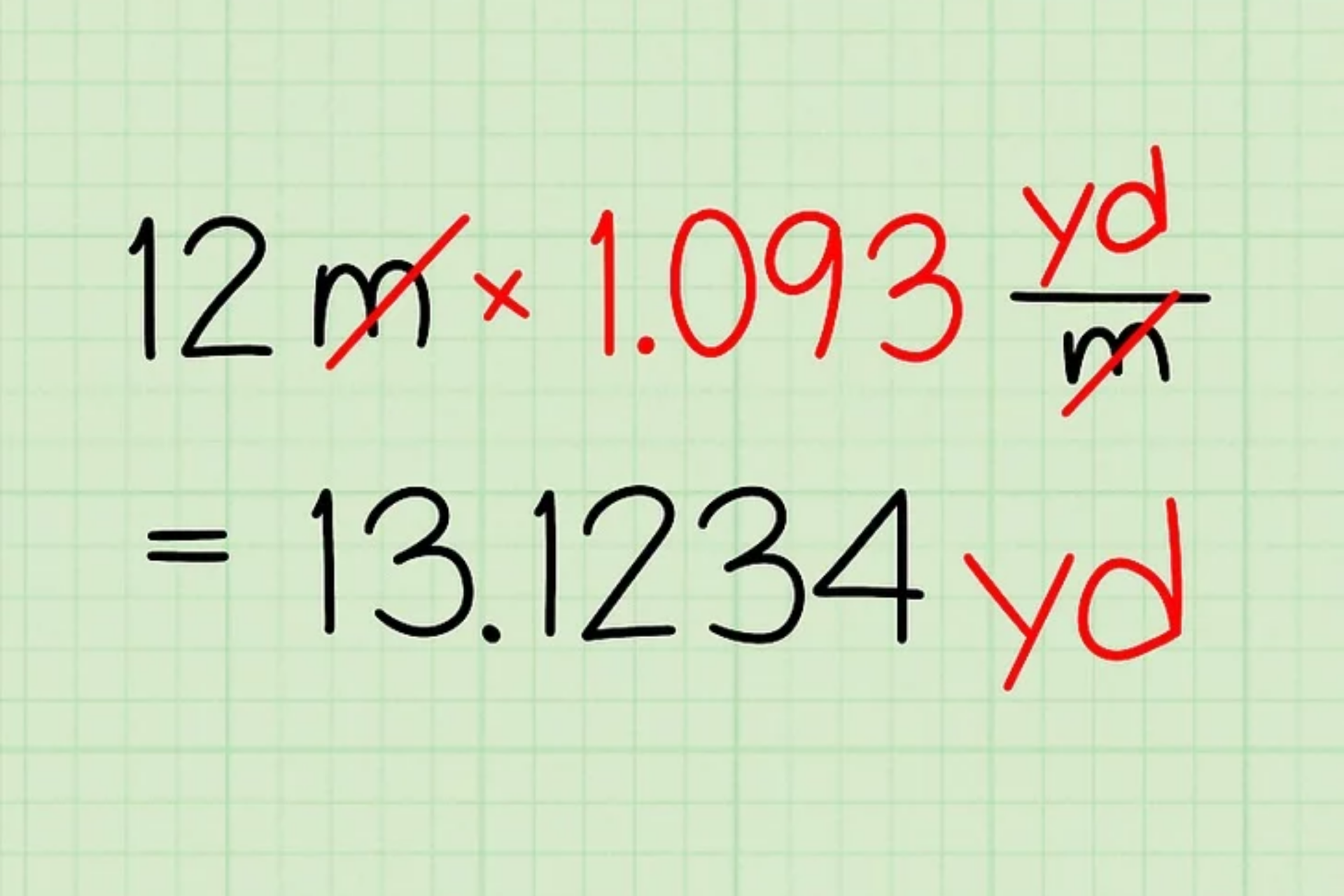 |
| Photo: KnowInsiders |
Step3: Provide your "units" at the end to complete the problem. In the example, you determined the answer was "13.1234." But on a test or a project you need to be sure to answer the simple question, "13.1234 of what?" The answer, of course, is 13.1234 yards, but don't forget to add these units to get full credit.
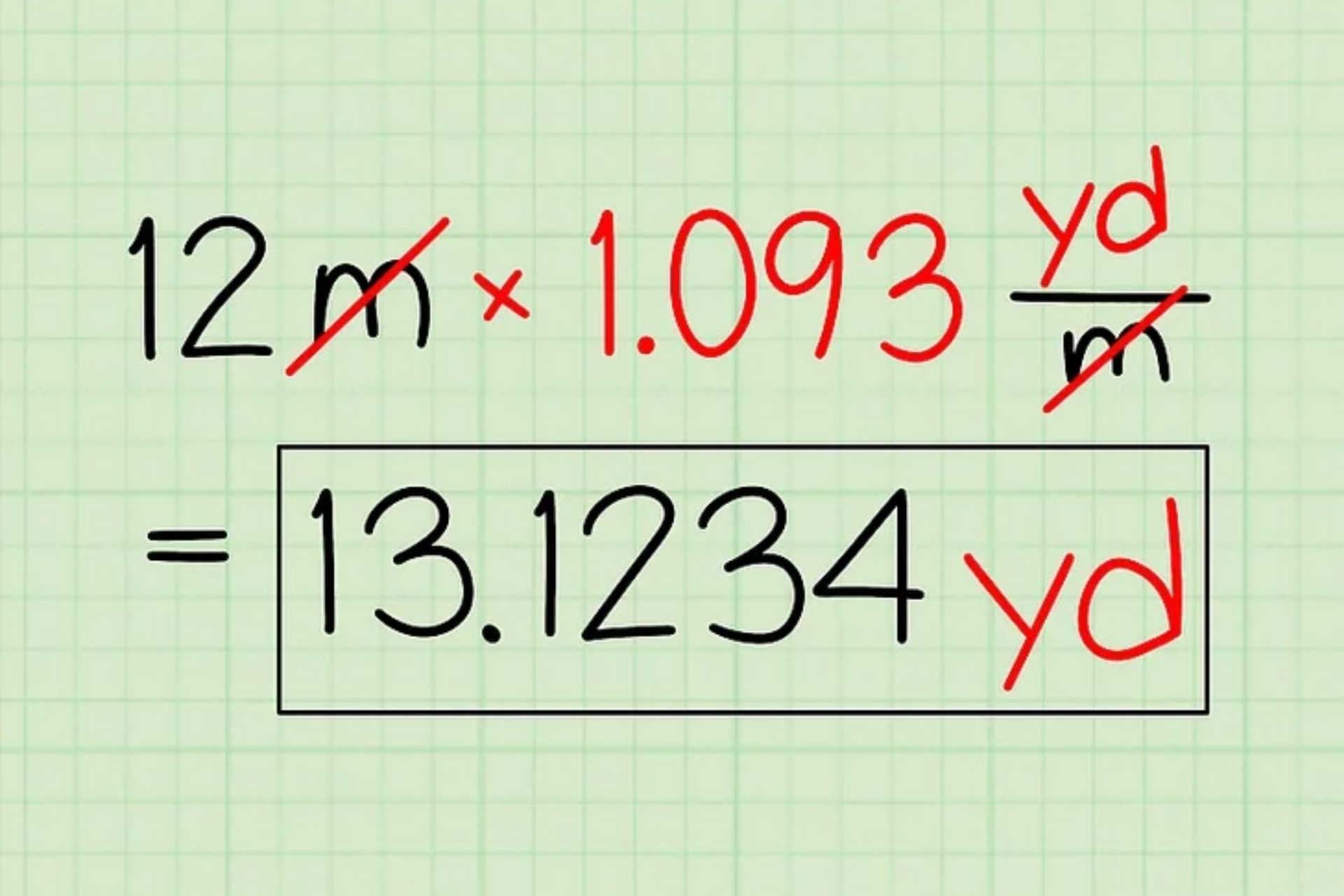 |
| Photo: KnowInsiders |
Step 4: So to convert 12 meters into yards, multiply 12 meters by 1.0936 yards per meter.
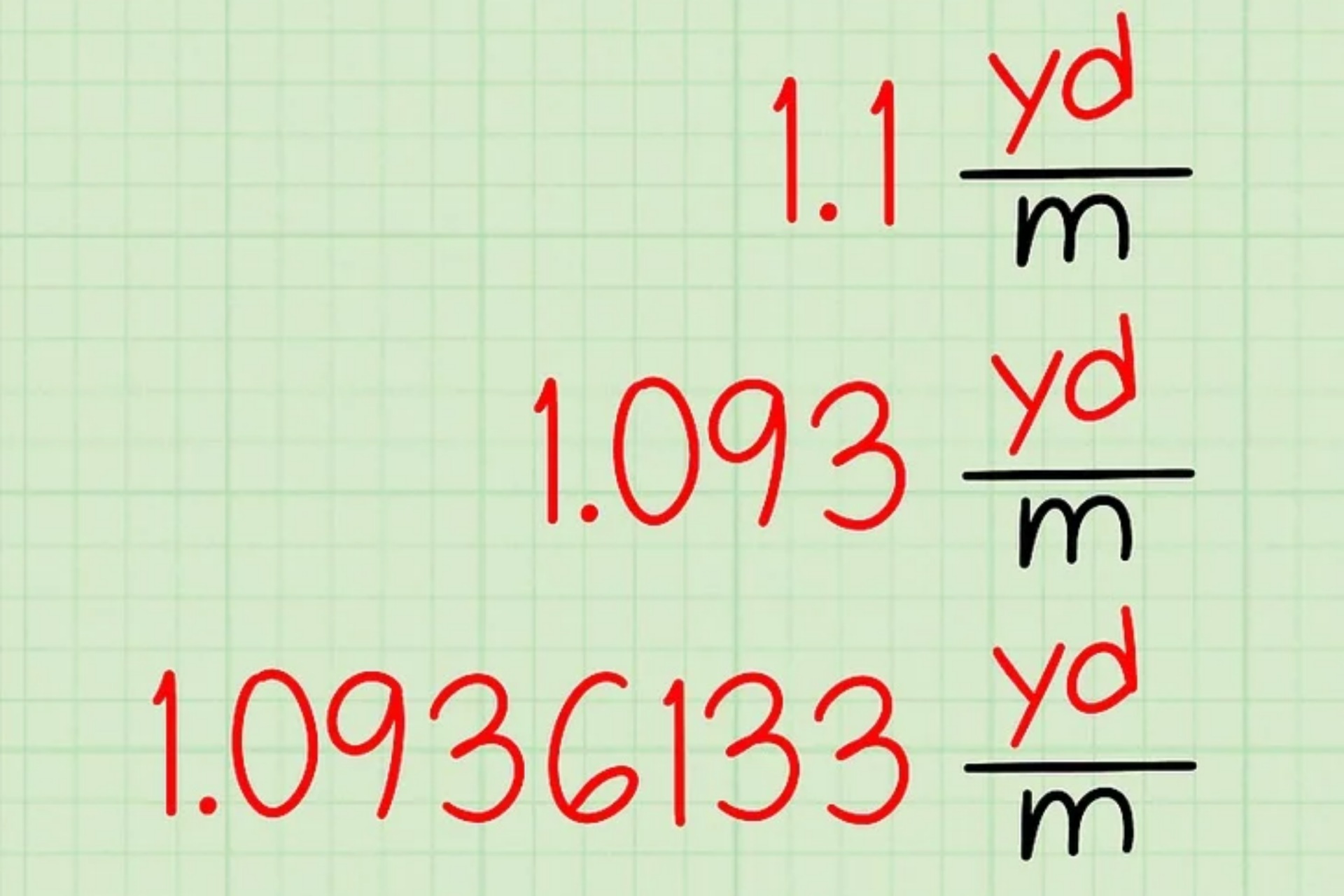 |
| Photo: KnowInsiders |
Step 5: Use more or fewer decimal places to get a more precise or less precise answer. The formula "1 meter = 1.0936 yards" is just an approximation. The most accurate conversion factor is an infinite string of numbers. The more decimal places you use, the more precise the conversion will be. However, it would be a rare case where four decimal places wouldn't be enough. For example, you could also use the following:
Rough Calculation: 1 meter = 1.1 yards
Fairly Precise Calculation: 1 meter = 1.0936 yards
Extremely Precise Calculation: 1 meter = 1.0936133 yards
Method 2: Estimating Without a Calculator
 |
| Photo: KnowInsiders |
Step 1: Get used to the idea that for estimation purposes 1 meter = 1.1 yards. As noted above, the actual conversion is closer to 1.0936 yards, but you can round this number up slightly to make it easier to calculate by hand. While 1.1 slightly exceeds the actual conversion, it is only by .0064 yard -- not enough to throw off a basic estimation.
Though this method is close, remember that your estimation will be slightly larger than the actual conversion.
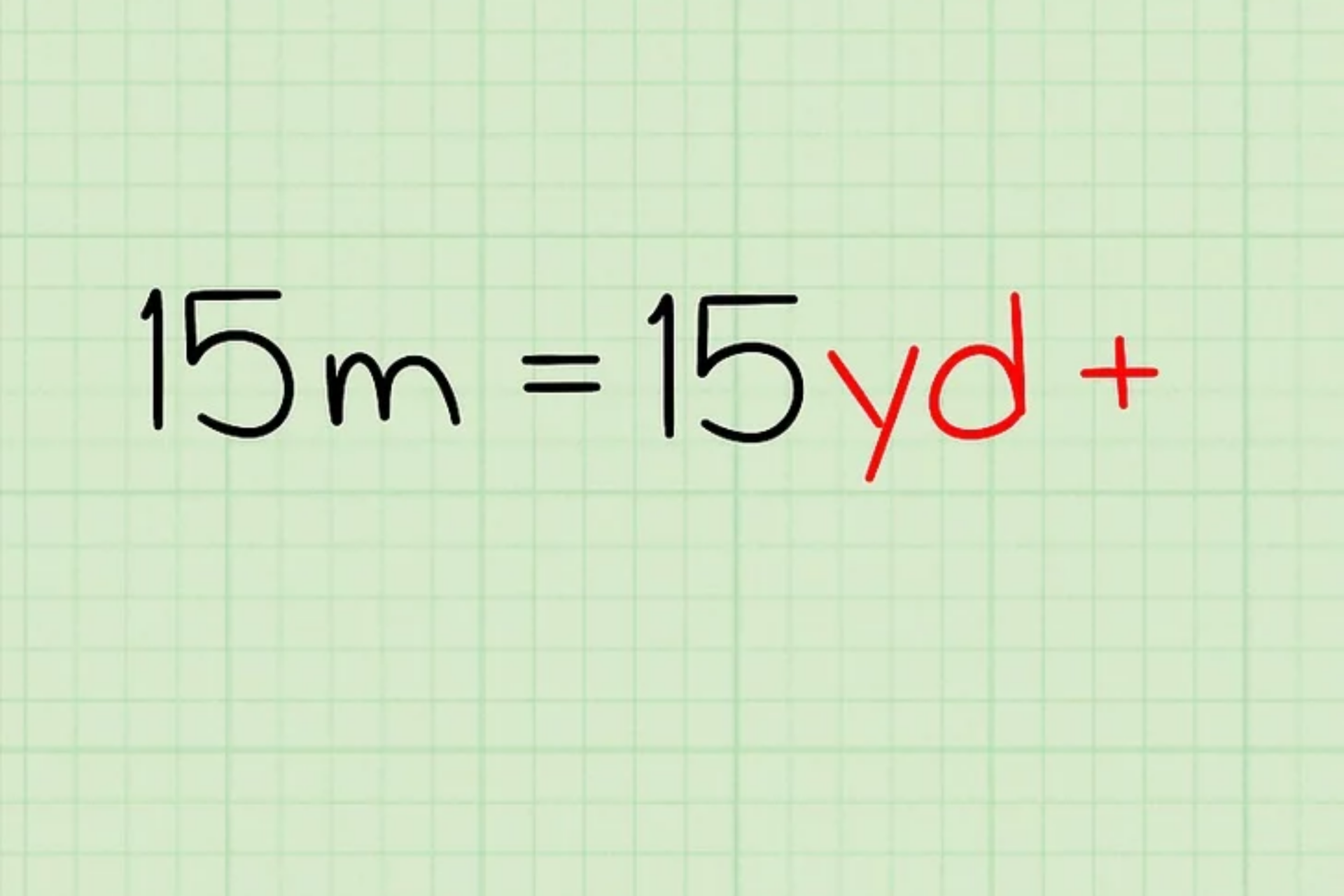 |
| Photo: KnowInsiders |
Step 2: Write down the number of meters followed by a plus sign. Meters and yards are almost the exact same length. The difference is in the .1, which is easy to calculate. Since anything multiplied by 1 is itself ({displaystyle 1*15=15}1*15=15), all you need to do is find the .1 portion and add it to the number of meters.
For example, estimate the number of yards in 15 meters.
15 meters = 15 yards + ?
 |
| Photo: KnowInsiders |
Step 3: Multiply the number of meters by .1. Do this by moving the decimal point one place to the left. Simply take the number of meters and shift the decimal point one place to the left -- this is the exact same thing as "multiplying by .1" So in this example:
* Estimate the number of yards in 15 meters.
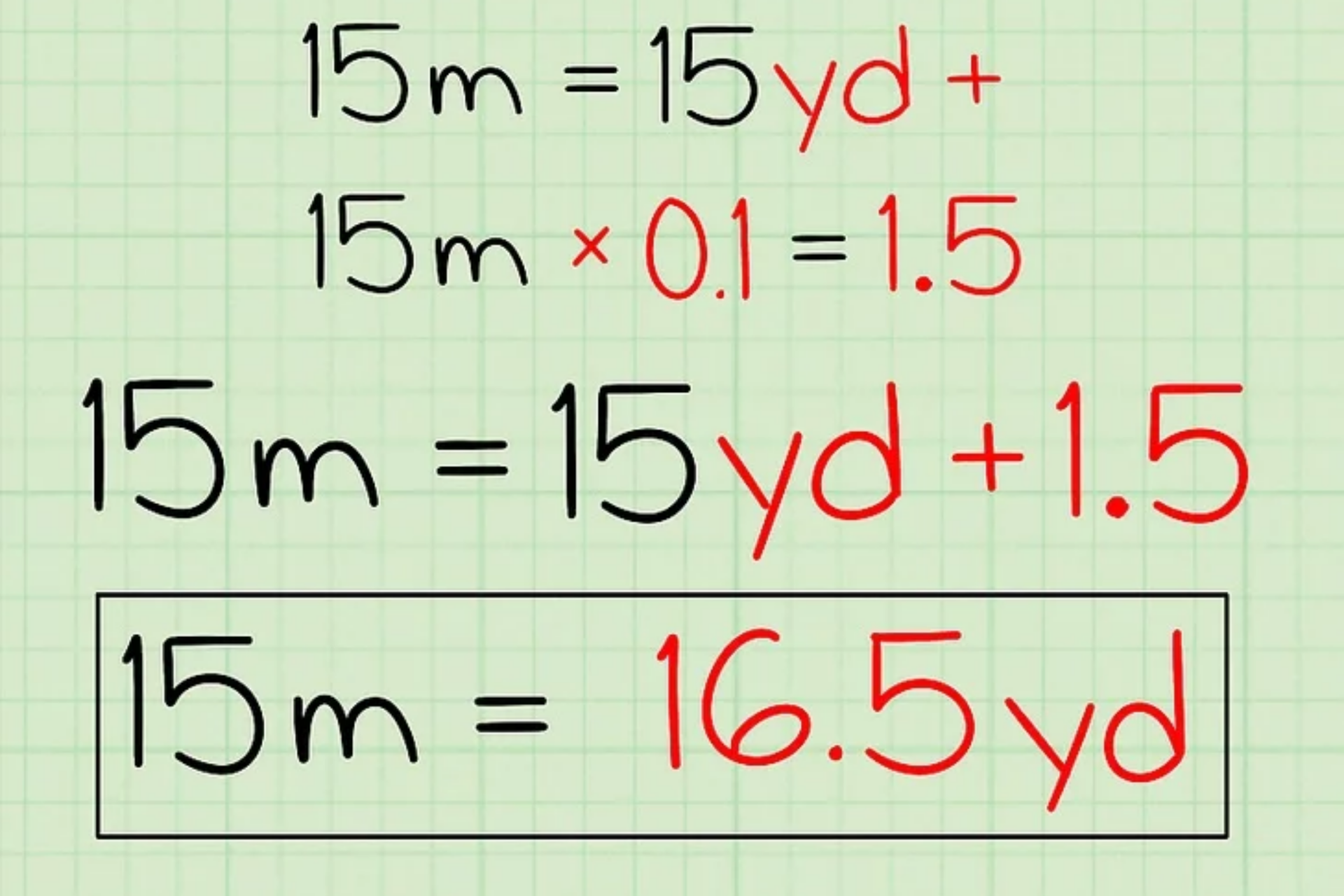 |
| Photo: KnowInsiders |
Step 4: Add the new number to the original number of meters to get your final answer. The only math you have to do at this point is some quick addition. Once you've moved the decimal point over, add this new number to the original number of meters. For example:
* Estimate the number of yards in 15 meters.
* 15meters=15yards+ ?
* 15meters*.1=1.5
* 15meters=15yards+1.5
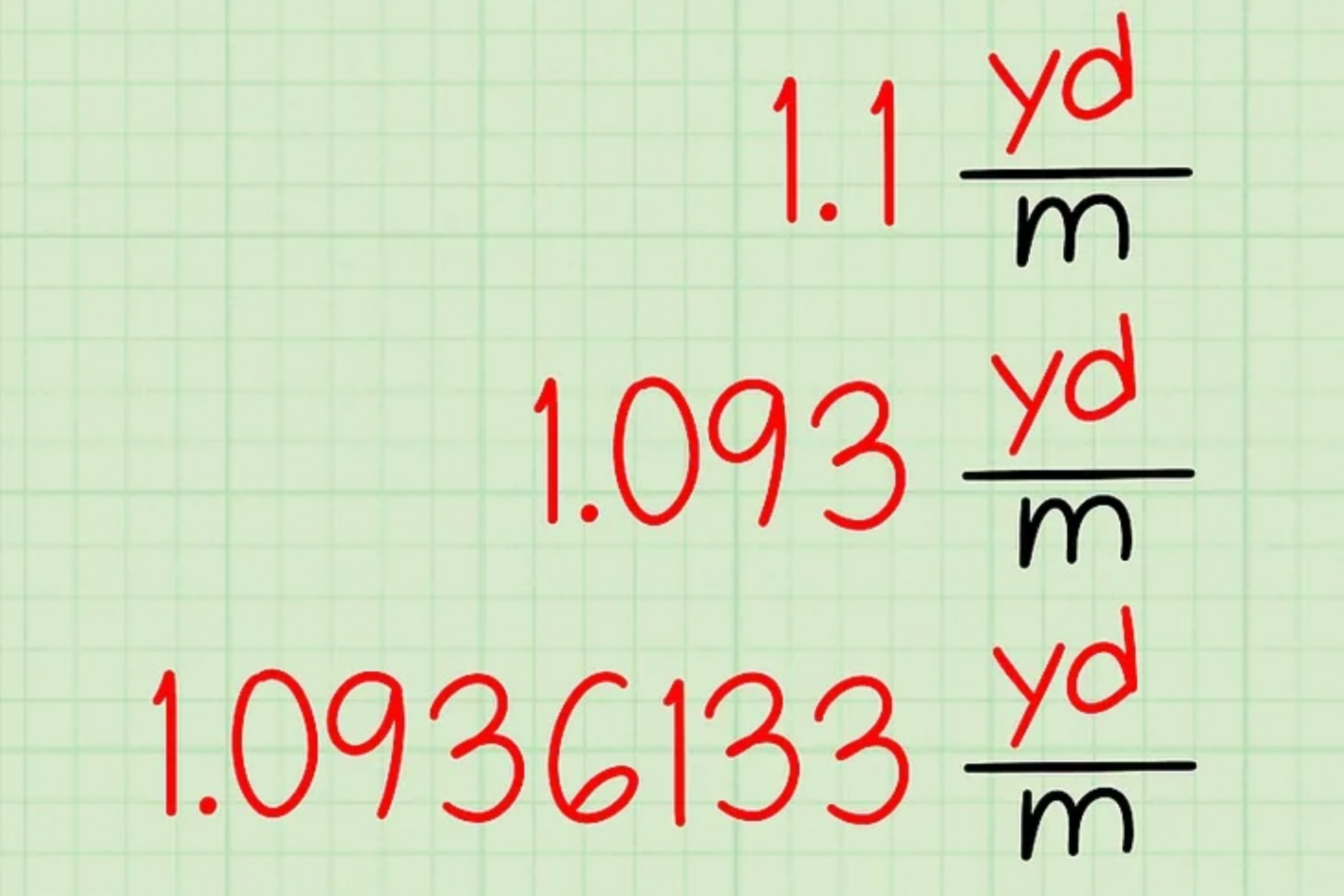 |
| Photo: KnowInsiders |
Step 5: Consider subtracting your overestimation for an even more precise estimate. The actual conversion of 15 meters is 16.4042 yards, meaning the estimation was only about .1 yard off. Note that the overestimation will get bigger if you're working with bigger numbers. 150 meters would be estimated at 165 yards, and that's 1.6 yards too high. A good way to eliminate this over-estimation is to subtract .1 yard for every ten yards:
In the first example, you have 16.5 yards. To correct it, you can subtract .1, because there is only one "10" in 16. Your final estimation would be 16.4 yards.
For the bigger example, you'd subtract 1.6 yards, because there are sixteen "10s" in 165. The estimate this time would be 163.4 yards.
How to convert from meters to yards in playing golf
To convert from meters to yards, simply add 10 percent of the number of meters to the stated number of meters, and that's very close to the number of yards.
For example, if you have 200 meters to the hole, you'll take 10 percent of 200, which is 20, and add that to the 200 to get yards. Therefore, 200 meters equals 220 yards.
A tougher example. If you have 175 meters to the hole, you'll take 10 percent of 175, which is 17.5 and add that to the 175 to get 192.5 yards. You can round that up to 193 yards.
Now, how about if you're not from the United States, and you're playing golf in the USA with a scorecard showing yards. How do you convert from yards to meters? It's basically the opposite calculation.
Meter to Yard Conversion Table
| Meters | Yards |
|---|---|
| 1 m | 1.0936 yd |
| 2 m | 2.1872 yd |
| 3 m | 3.2808 yd |
| 4 m | 4.3745 yd |
| 5 m | 5.4681 yd |
| 6 m | 6.5617 yd |
| 7 m | 7.6553 yd |
| 8 m | 8.7489 yd |
| 9 m | 9.8425 yd |
| 10 m | 10.94 yd |
| 11 m | 12.03 yd |
| 12 m | 13.12 yd |
| 13 m | 14.22 yd |
| 14 m | 15.31 yd |
| 15 m | 16.4 yd |
| 16 m | 17.5 yd |
| 17 m | 18.59 yd |
| 18 m | 19.69 yd |
| 19 m | 20.78 yd |
| 20 m | 21.87 yd |
| 21 m | 22.97 yd |
| 22 m | 24.06 yd |
| 23 m | 25.15 yd |
| 24 m | 26.25 yd |
| 25 m | 27.34 yd |
| 26 m | 28.43 yd |
| 27 m | 29.53 yd |
| 28 m | 30.62 yd |
| 29 m | 31.71 yd |
| 30 m | 32.81 yd |
| 31 m | 33.9 yd |
| 32 m | 35 yd |
| 33 m | 36.09 yd |
| 34 m | 37.18 yd |
| 35 m | 38.28 yd |
| 36 m | 39.37 yd |
| 37 m | 40.46 yd |
| 38 m | 41.56 yd |
| 39 m | 42.65 yd |
| 40 m | 43.74 yd |
 How to Convert PowerPoint to Apple Keynote on Mac, iPhone & iPad How to Convert PowerPoint to Apple Keynote on Mac, iPhone & iPad When you need to switch back between platforms, you might need to convert Microsoft PowerPoint to Apple Keynote format. How to convert or How to ... |
 How to Convert Milligrams to Teaspoons in Math and Real Life How to Convert Milligrams to Teaspoons in Math and Real Life A standardized measurement system for recipes would make cooking a much simpler process, especially if you're looking to cook recipes from around the world. Check ... |
 How to Convert Grams to Milligrams and Milligrams to Grams: Best Methods and Easy Steps How to Convert Grams to Milligrams and Milligrams to Grams: Best Methods and Easy Steps Converting grams (g) to milligrams (mg) is an easy task, and so is milligrams to grams conversion. Check out the detail right below! |

